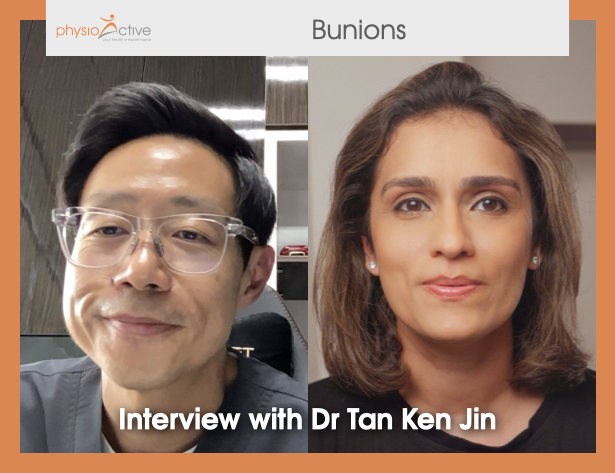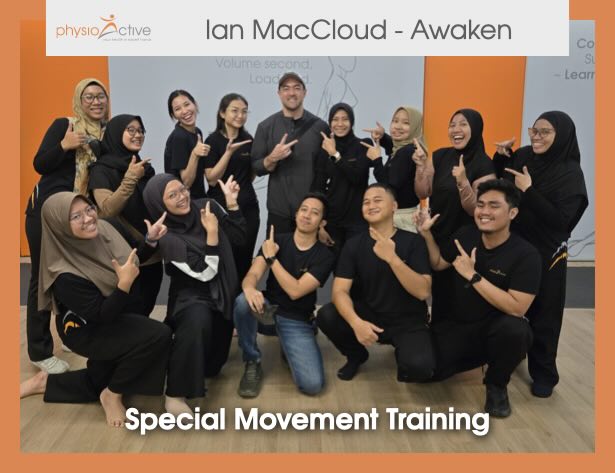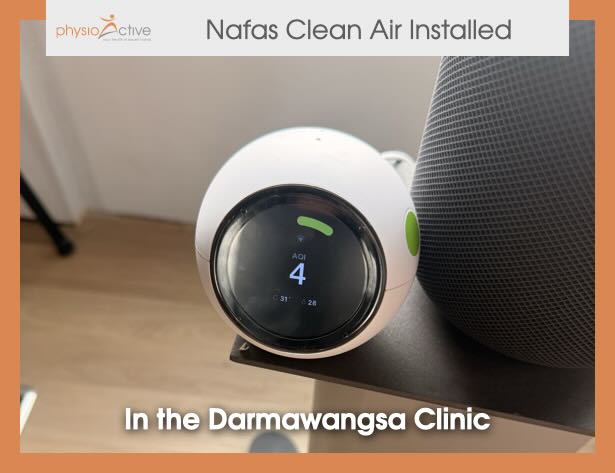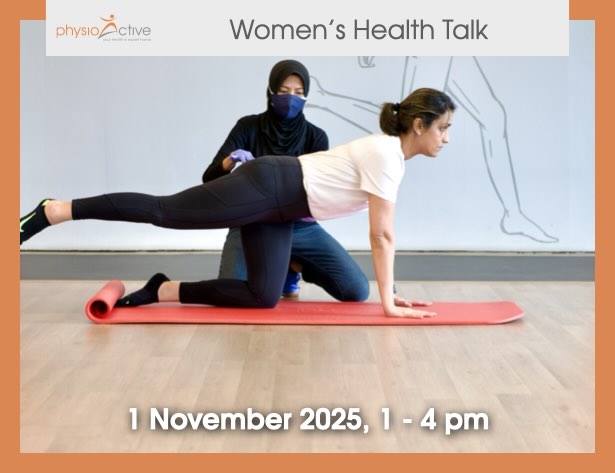Minimally Invasive Bunion Surgery in Singapore – with Dr. Tan Ken Jin
Bunions, or Hallux valgus, affect millions of adults—especially women—across Southeast Asia. In a recent episode of the Singapore Surgeon Insight Series by PhysioActive Indonesia, renowned orthopedic surgeon Dr. Tan Ken Jin from OrthoSports Clinic Singapore shared expert perspectives on causes, treatment, and recovery options for bunions, including his specialty in minimally invasive bunion surgery.
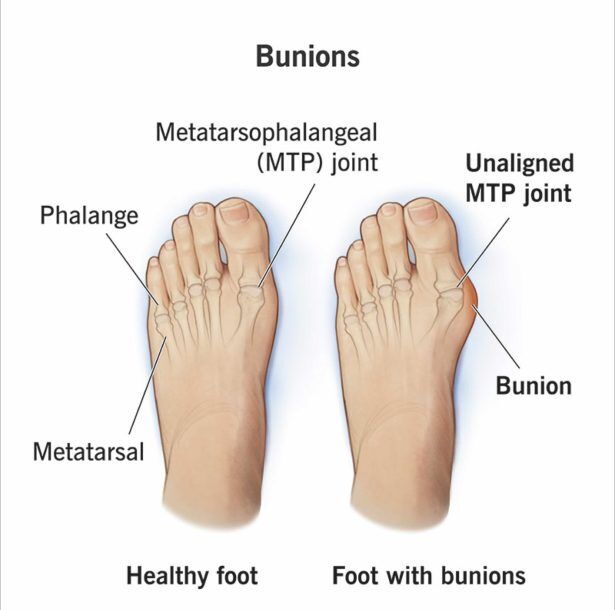
Understanding Bunions and Their Causes
According to Dr. Tan, a bunion is not merely a bump but a joint deformity where the big toe angles towards the second toe, pushing the metatarsal bone outward. Bunions are typically caused by a combination of:
- Genetics (they often run in families)
- Poor footwear choices, such as tight or high-heeled shoes
- Biomechanical issues, including flat feet
- Occasional trauma or ligament injury
Do Bunion Correctors Work?
While non-surgical options like bunion pads or splints may offer temporary relief, Dr. Tan emphasized that these do not reverse the deformity. The most effective long-term solution is surgery, especially for patients whose condition is worsening or interfering with daily activities.
Why Choose Minimally Invasive Surgery?
Dr. Tan specializes in minimally invasive bunion correction, which differs from traditional open surgery through the use of tiny incisions and pen-like instruments guided by X-ray. This approach enables:
- Faster recovery with less scarring
- Immediate weight-bearing using specialized sandals
- Reliable bone realignment using titanium pins
Convenient Treatment for Indonesian Patients
Orthosports facilitates a seamless two-visit treatment journey for Indonesian patients seeking bunion surgery in Singapore:
- Teleconsultation with Dr. Tan to assess suitability and plan treatment.
- Surgical visit—fly in for a weekend procedure and return home within three days.
- Follow-up three weeks later for dressing and X-ray review.
Rehabilitation is a key part of recovery. Patients can start physiotherapy in Singapore and continue it in Jakarta at PhysioActive’s integrated clinics.
Return to Activity Timeline
- 0–4 weeks: Walking with post-op sandals; limited to light activities.
- 4–8 weeks: Transition to soft footwear; begin yoga, cycling, or physiotherapy.
- After 4 months: Return to impact sports like running or tennis.

Conclusion: Treat Early, Recover Well
Dr. Tan advises treating bunions in their moderate stage—especially for women aged 40–60—to avoid complications from late-stage deformities and reduced bone density. If you’re considering surgery, now may be the best time to act.
To learn more about your treatment options, explore PhysioActive’s services or book a teleconsultation with our partners in Singapore.
Contact
Orthosports
To make an appointment with Dr Tan Ken Jin, you can reach him at:
URL: https://www.orthosports.com.sg
Tel: +65 6734 8168
Email: [email protected]
Physioactive
Physioactive Singapore: https://physioactive.sg
Physioactive Indonesia: https://www.physioactive.id

